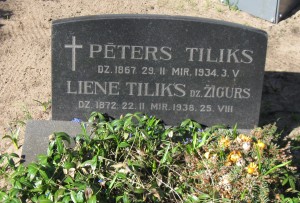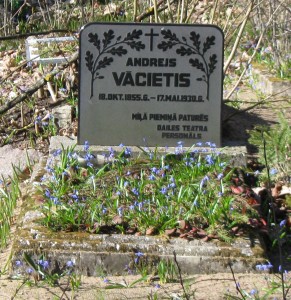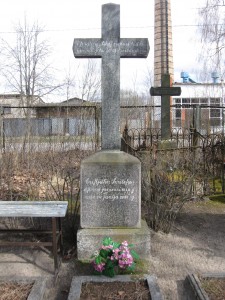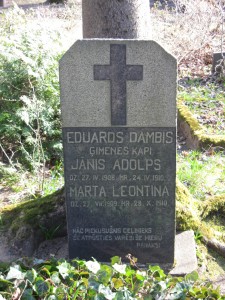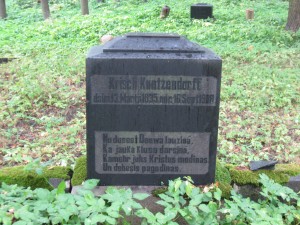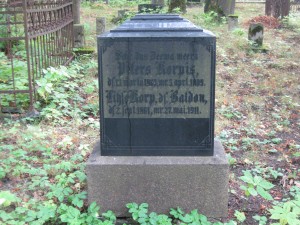If you have Latvian ancestors who didn’t stay in one place, and thus ended up moving from estate to estate every few years (or even several times a year), keeping track of them can become a bit of a challenge. It can become even more of a challenge if those ancestors are from northern Latvia, where if they moved just one more estate to the north, they ended up in what is now Estonia and thus the records on Raduraksti are of no use anymore. What do you do then?
Enter Saaga, the Estonian National Archives’ equivalent to Raduraksti. Saaga is important for Latvian researchers for a number of reasons, the most important being that up until the fall of the Russian Empire, northern Latvia and southern Estonia were one province – Livland. When creating the borders of the Baltic provinces, the German and Russian authorities didn’t much care about the indigenous linguistic boundaries, so thus Livland was the home of Latvians and Estonians. This also means that Latvian and Estonian families that lived near the modern-day border could often end up moving from one modern-day country to the other, since in that time period, they were one and the same.
Saaga contains many documents that Raduraksti does not – military recruitment information, parish records, court records, and so on. These items are available in the Latvian State Historical Archives, but they have not been digitized. Saaga also has a number of features that Raduraksti does not – namely, the ability to save the images directly (for Raduraksti, you would typically have to screenshot or go through a complicated process to save from the source) and the ability to search for names.
This last feature is typically of great interest to researchers, but managing search results can be a bit of a challenge, and this is where I find the difficulty of using Saaga comes in. While there is an English interface, with a tour (highly recommended for first-time users) and “tips and tricks” provided in good English, once you actually start looking into the different types of records, the headings are not available in English. The “church records” section has a sidebar that provides translations of headings, but that sidebar is only available on the main page, not when you get to the pages that actually have the words you’re looking to translate, so you might want to copy and paste that sidebar to a different document for easy consultation, or keep a tab of that main page open while searching so you can come back to it.
The search feature is also not available for all documents – when it comes to the church records, my experience is that they have only indexed the parish registers, not the birth/marriage/death records. However, the parish registers provide a starting point from which you can then find the other records more easily, since they will usually have full birthdates as well as places of birth, marriage, etc.
I can’t hope to be able to give you English translations of all of the Estonian on the site, but here are some basic words to know. Also remember that Estonian uses noun declension just like Latvian does, so if you see one of these words with a different suffix, don’t panic.
- Estonian – eesti
- Latvian – läti (may appear in border parishes)
- German – saksa
- Russian – vene
- Lists – nimekirjad
- Congregation – pihtkond
- Parish register – Personaalraamat
- Town – linn
- Estate (manorial) Рm̵is
- Parish/parish administration – vald/vallavalitsus
- Surname – perekonnanimi
- Family – perekond
Are you ready to dive into the records on Saaga? Do you have other questions? I can try to answer them, but you can also look to the sidebars within Saaga – these sidebars are full of useful information, both translations of headings and background context for the different records. Good luck in your searches!

